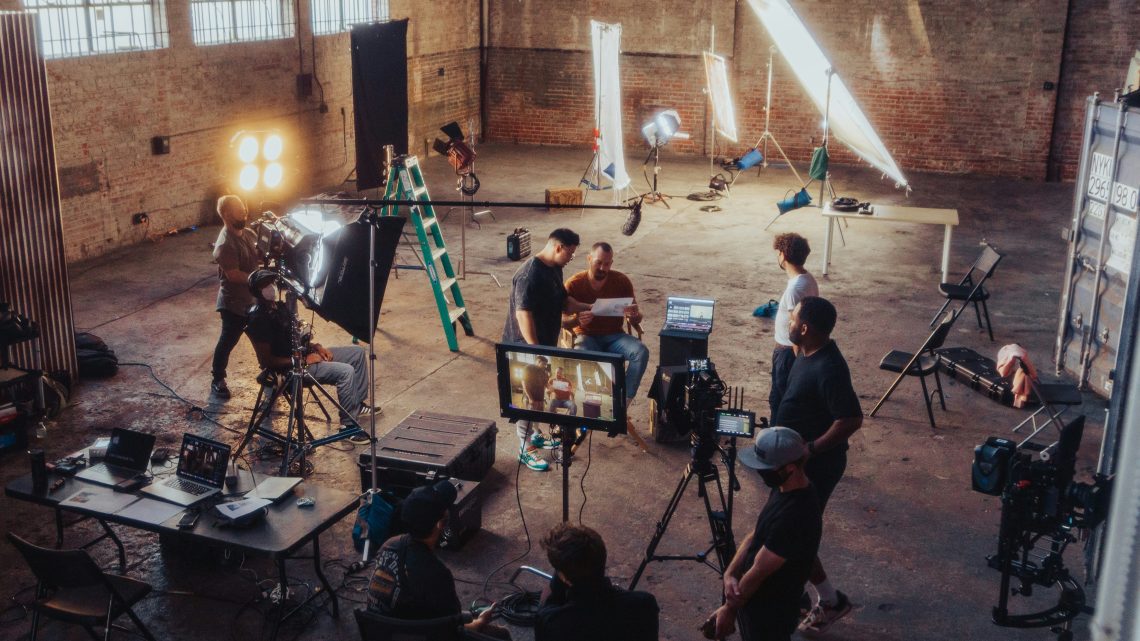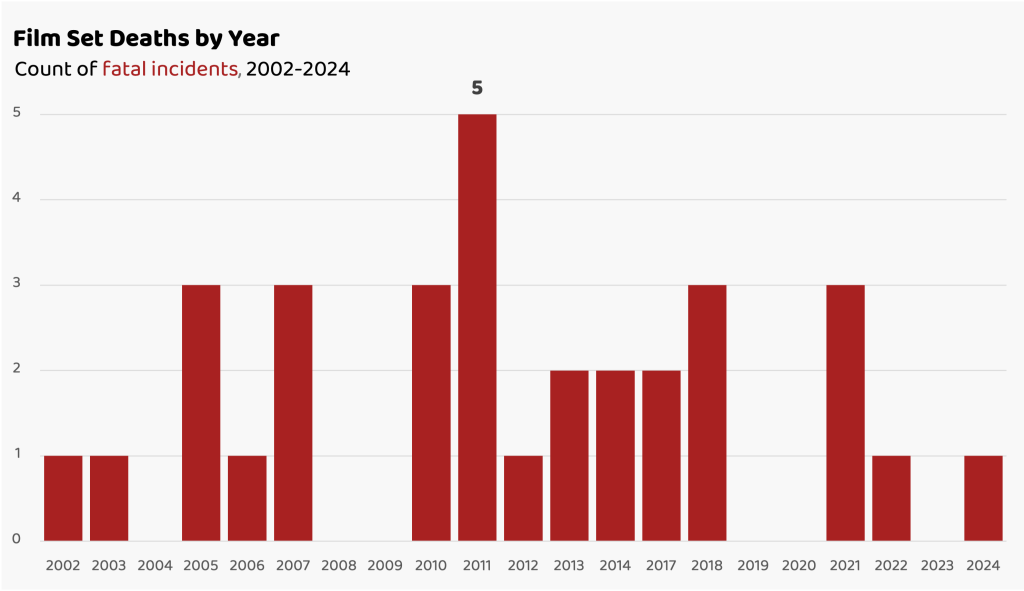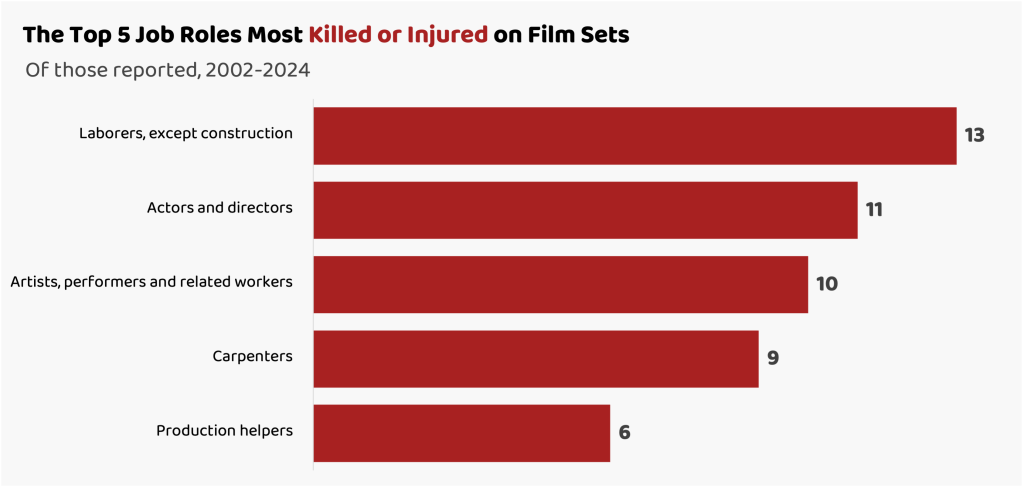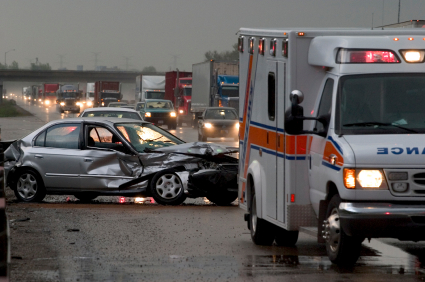Film sets are created to be a controlled environment where the production crew, actors, and other on-site roles can perform without worry of getting injured or killed. Production safety has remained a focal point in the industry, especially with the advent of highly publicized fatal accidents. Many sets are inherently dangerous with a variety of potential hazards, so productions implement a wide range of safety measures and requirements to prevent a tragedy. However, accidents continue to happen as calls grow to reassess current safety standards.
The Occupational Safety and Health Administration (OSHA) has released data extending back to 2002 covering fatalities within the industry. Based on these figures, a recent study on film set fatalities by Rose, Klein & Marias provides valuable insight on these deaths which emphasizes just how dangerous this line of work can be.
Total Number of Deaths (2002-2024)
Since 2002, there have been 32 fatal incidents. On average, there are 1.52 deaths per year for the motion picture and video industries. In this timeframe, 2011 was the deadliest year with a total of 5 fatalities. Since the 2021 Rust shooting incident involving Alec Baldwin, there has only been 1 fatality. This drop in fatal accidents may be attributed to an increased focus on safety measures following this highly publicized case.
Which Job Roles Are Most Likely to Be Killed?
Although fatalities by actors are the most publicized, they are not involved in the most fatal accidents. Laborers, or set workers, account for the most deaths. Their responsibilities include things like setting up and moving equipment, installing props, and rigging and dismantling heavy set equipment like scaffolding, platforms, and backdrops. Common risks set works face include:
- Falls
- Slips
- Equipment malfunctions
- Crush injuries
- Toxic exposure
- Fire hazards
Rates Have Lowered, But Accidents Still Happen
February 6, 2024, was the first fatal incident in 1.5 years for the motion picture and video industries. The employee’s death comes after a period of increased regulation and public outcry for increased safety standards. This step in the right direction is welcomed, however, implementation and enforcement can vary from production crews and jurisdiction. Unfortunately, as revealed by the Rust incident, safety isn’t the primary concern until an accident occurs. The industry must remain proactive by implementing policies and procedures that prevent accidents before they occur. Many of these deaths would have been avoidable if proper care had been taken.







No Comment